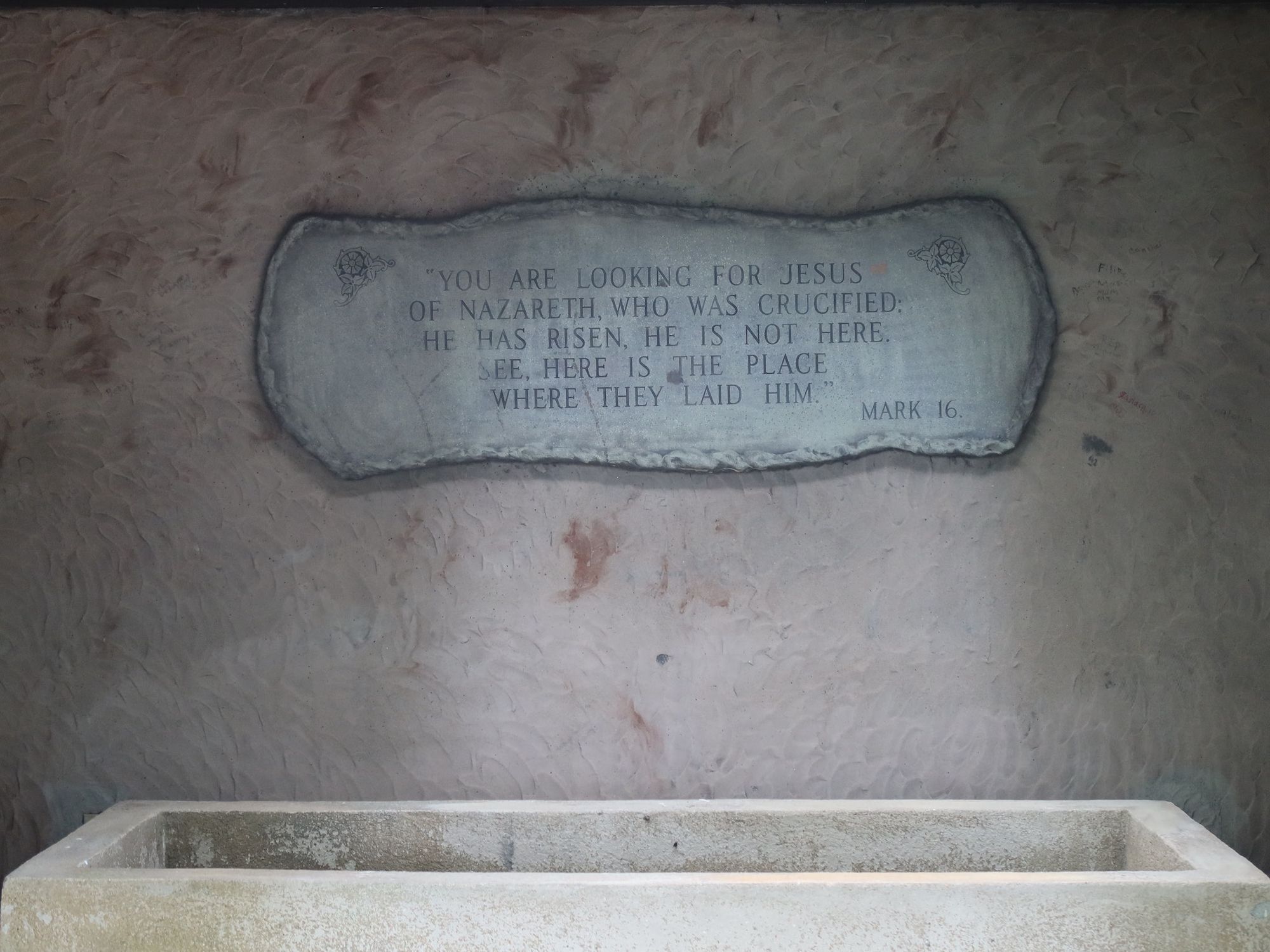Real resurrection

Early on the first day of the week, while it was still dark, Mary Magdalene went to the tomb and saw that the stone had been removed from the entrance. So she came running to Simon Peter and the other disciple, the one Jesus loved, and said, “They have taken the Lord out of the tomb, and we don’t know where they have put him!” (John 20:1–2)
In the autumn of 1876, a band of American criminals planned an audacious and surprising crime. In order to get one of their companions out of jail, they decided to kidnap Abraham Lincoln. They would hold him for ransom until the government released their friend and paid them $200,000 in gold.
Now this plan was, of course, surprising in its confidence and daring. But it is surprising for another reason, and if you know a little about American history, you may have already worked out why. It is surprising because Abraham Lincoln died on the 15th April, 1865 – eleven years before this remarkable plan was hatched. You see, these would-be kidnappers, planned to steal the body of the famous president, knowing he was held in such high regard that the nation would pay anything to make sure he was returned unharmed.
Thankfully, the arrogance of the kidnappers was also their downfall. After drinking too much one of the conspirators revealed their plans, and the group was infiltrated by a Secret Service agent. Although they came close to doing what they had planned, they never got their hands on Abraham Lincoln’s body. In fact, years later, Lincoln’s coffin was reburied under several feet of concrete to prevent anyone else trying the same trick.
A trick. That is, sadly, how many people view the resurrection of Jesus Christ. They believe that Jesus did not rise from the dead, but that his body was perhaps stolen, much like Abraham Lincoln’s almost was. Or that Jesus did not really die, as Dan Brown claims in his book The Da Vinci Code. Or many other such theories and ideas that try to explain away the Christian claim of Jesus’ resurrection from the dead.
The fact is that as we read through the Bible’s account of the life, death and resurrection of Jesus, we are faced with real events and real people. One of the very endearing things about the gospel accounts is that we see real people, reacting in real ways with often very real emotions. At the beginning of John chapter 20, Mary comes to Jesus’ tomb and sees that the huge stone covering the entrance has been rolled away. She is full of confusion, fear and grief. Hurriedly, she rushes back to tell Peter and ‘the disciple whom Jesus loved’, which is John’s own way of referring to himself.
Peter and John have a race to get to the tomb. No doubt they were both fit and healthy. But John, being the younger of the two men, reaches the tomb first. He stays and reflects on what he sees. But Peter, being impetuous as ever, arrives and goes straight inside the tomb. They both are confronted with the same unambiguous fact: The tomb is empty.
We experience the events of the resurrection as real events experienced by real people. And they point towards a real fact: Jesus’ body was not there. We can say we confidence that Jesus had really died. The Romans were extremely good at executions. There is no doubt that Jesus truly died on the cross on that first Good Friday. Not only this, but the body was really gone. Nobody was able to find the body of Jesus after Easter Sunday. Jesus had really risen.
It was not a trick, nor a daring robbery. Jesus did in fact rise from the dead. It is a turning point in history, which has a profound effect on each of our lives.
Jesus’ resurrection is a real event, and so our faith as Christians stands firm on an actual, objective fact, not mere speculation. Jesus’ resurrection demands a response – do we truly understand that Jesus rose; why he rose and what that means? Because Jesus’ resurrection has wonderful results: hope in the face of death; God present with us and adopted as his children; and our response of joyful living with and for Him.
